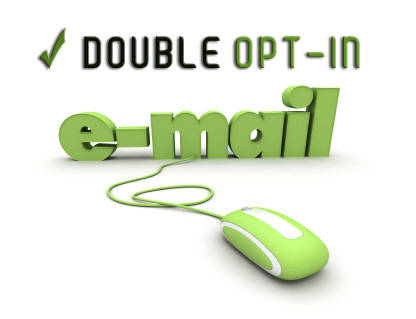E-mail Marketing VS Spam (DO's & DON'Ts)
 Using e-mail as a direct marketing tool is a highly effective way to reach current and prospective customers, but can still be a very tricky matter. E-mail marketing is an extremely time and cost effective method to reach a large audience. By this I mean that is an economically savvy technique in comparison to direct mail (which can be expensive to print or to use mailing services) in addition to telemarketing (which is very time consuming and usually does not create enough return on investment). If you are anything like myself or the millions of internet users out there, chances are you are receiving e-mail blast from companies you may or may not know. To begin, lets define both e-mail marketing and spam. E-mail marketing is a form of direct marketing which uses electronic mail to communicate certain news and/or promotions to its current or prospective customers. Spam, though very similar, is specifically defined as being a form of *unsolicited* (or unrequested) e-mail, or e-mail that is being sent out to anyone who hasn’t agreed to receive e-mail from that source. The lesson learned: make sure that your recipients WANT to receive your e-mails, if not, you may be sabotaging a relationship with a potential customer. Through experience and research I have come up with a list of DOs and DON’Ts for e-mail marketing campaigns:
Using e-mail as a direct marketing tool is a highly effective way to reach current and prospective customers, but can still be a very tricky matter. E-mail marketing is an extremely time and cost effective method to reach a large audience. By this I mean that is an economically savvy technique in comparison to direct mail (which can be expensive to print or to use mailing services) in addition to telemarketing (which is very time consuming and usually does not create enough return on investment). If you are anything like myself or the millions of internet users out there, chances are you are receiving e-mail blast from companies you may or may not know. To begin, lets define both e-mail marketing and spam. E-mail marketing is a form of direct marketing which uses electronic mail to communicate certain news and/or promotions to its current or prospective customers. Spam, though very similar, is specifically defined as being a form of *unsolicited* (or unrequested) e-mail, or e-mail that is being sent out to anyone who hasn’t agreed to receive e-mail from that source. The lesson learned: make sure that your recipients WANT to receive your e-mails, if not, you may be sabotaging a relationship with a potential customer. Through experience and research I have come up with a list of DOs and DON’Ts for e-mail marketing campaigns:
- OPT-IN e-mail lists
- aka permission-based e-mail marketing
- using opt-in e-mail lists ensures you that the recipient is interested in the products or services your offering
- never jump in uninvited, this just annoys what could have been a potential customer
- KILLER Copy (Subject line & body copy)
- give the recipient a REASON or INCENTIVE to open the e-mail
- CLEAR call to action
- make sure the recipient knows what you need them to do, and what they can expect if they do so
- DOUBLE Opt-In*
- have the recipient confirm that they are interested in receiving your e-mails, as well as confirming their contact information
- this can be done by having the person sign up to be placed on the e-mail list, and sending them a follow up e-mail to have them confirm their subscription by clicking on a “confirmation” link
-
- try to stay clear of phrasing such as “free”
- instead use “no-cost”, “no fee,” “complimentary”
- avoid phrasing such as “click here”
- instead use “learn how”, “visit here”
- stay clear of using ALL CAPS in the subject line or body copy of the message
- don’t use an overabundance of “!” or “$”
- For Example:
- This is the best offer ever!!!!!
- $$$ NO COST $$$
- avoid phrasing using “100%”AVOID Spam triggers
- RELEVANCY & CONSISTENCY are key!
- use relevant and eye-catching visuals
- an attractive and well-designed message ALWAYS helps!
- use simple, yet professional formatting
- make sure the formatting and visuals are consistent with your brand identity to ensure and instill brand recognition
- TEST multiple times
- make sure to test your e-mail campaign multiple times, this way you can pick up on spelling/grammatical mistakes, or a web coding errors
- OPT-OUT link
- make sure to provide an Opt-Out (unsubscribe) link,
- nothings worse than receiving unwanted e-mails
- this is also a rule passed under the U.S. CAN-SPAM act, which states that you must allow for an opt-out option, and you must remove the recipient from your e-mail database within 10 days of the opt-out request
- UP-TO-DATE e-mail lists
- continue to keep you mailing lists up-to-date
- CONTACT information
- make sure to include your contact information
- this is also a regulation under the U.S. CAN-SPAM act
Following these steps will increase your chances of having a successful e-mail campaign, which will therefore trigger a growth in your business and sales. For more information on the U.S. CAN-SPAM Act, please visit the link below: The CAN-SPAM Act: A Compliance Guide for Business



